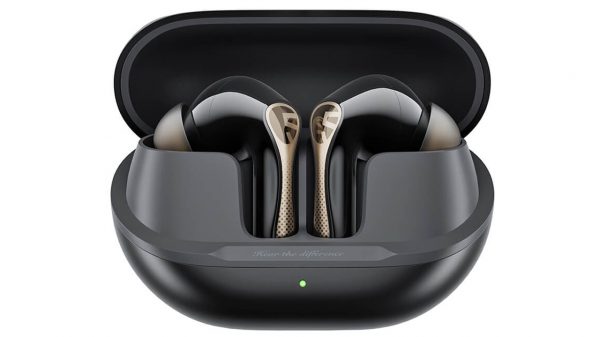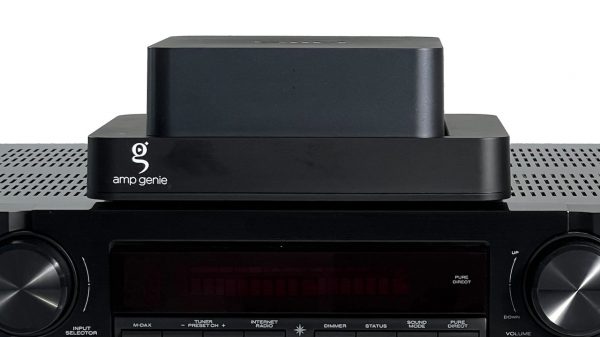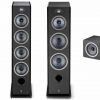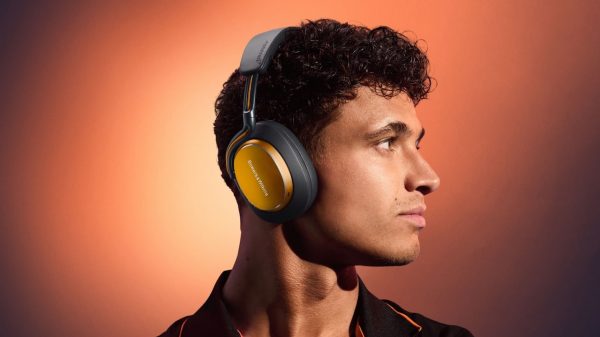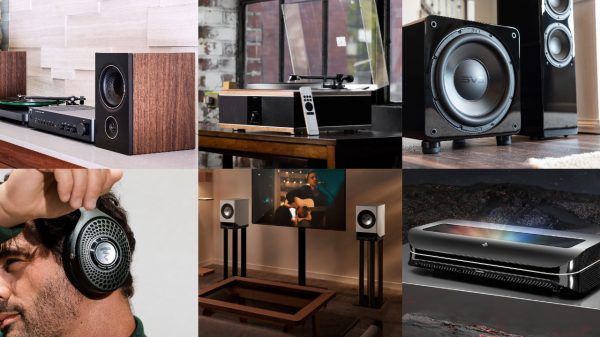The life of IT staff in the Education sector is so often focused on squeezing every last drop of life out of every hardware and software project. They need to run lean and mean, and simply can’t afford indulgences or risky ventures. However, the challenges faced are no different than corporations. The multimedia explosion has hit schools and universities just as severely, if not more so, than the corporate world. Multimedia is becoming and integral part of education, and multimedia takes space and increasing performance requirements.
A recent study at the Trinity School in New York City exposed the overwhelming amount of data that the typical institution has to manage. Trinity has seen staggering increases in data as they have moved to offer 24/7 online access to information for their students and teachers. Schools are simply no longer 9-5 operations. Implementing Diskeeper ,an automatic defrag,solution saved the school significant expenses on new hardware and freed up IT to focus on progressive technology projects.
If a PC could run in production for 5 to 7 years, that will offer tremendous flexibility to the IT budget. After all, the users are running the typical office apps, and they ran fine on those new PCs several years ago. Unless there is a new critical program that requires quad core CPUs and 3GB of RAM, those older PCs are capable of getting the job done.
The only problem with PCs that have been in production for a while is they will be more prone to problems that require Help Desk involvement, i.e. maintenance and repair.
Windows IT Pro published an in-depth study that showed just how much impact fragmentation has on the typical productivity apps and PC use. The longer a PC is in use the more severe accumulation of fragmentation your users, and ultimately you, have to deal with.
Teachers, students and administrative staff that expect a Word document to load quickly can wait as long as 50.9 seconds. That’s a long time to stare at an hourglass, and is the kind of performance impact that often leads to a Help Desk call. Automatic defrag keeps file access optimized, so those users get consistent peak performance, lessening demands for “faster computers” as their answer for their performance problems.
Fragmentation affects the servers just as much as the PCs, if not more so. Servers host data that multiple users, maybe hundreds, need access to. The hardware is more powerful, but the demands are far greater.
Fragmentation is a file system consideration. NTFS sees a fragmented file and issues extra I/Os to retrieve the data. SANs and RAID then have to handle that extra I/O traffic, instead of retrieving just one I/O. Adding more switches or hard drives to handle that excessive I/O can mitigate the issue, but it will never solve it. It also gets expensive from both a cost, energy and time perspective.
As an example that every school or university has to deal with, increases in retained data are translating to ever increasing backup time requirements. The problem is that as backup programs have to read files, when fragmentation is involved, it adds extra time to the process. IT staff have used Diskeeper’s advanced defrag to shrink back up times from 16 hours to less than 4 hours.
To take advantage of June special volume incentives, request a quote now. For full details visit the website at: http://www.diskeeper.com.


